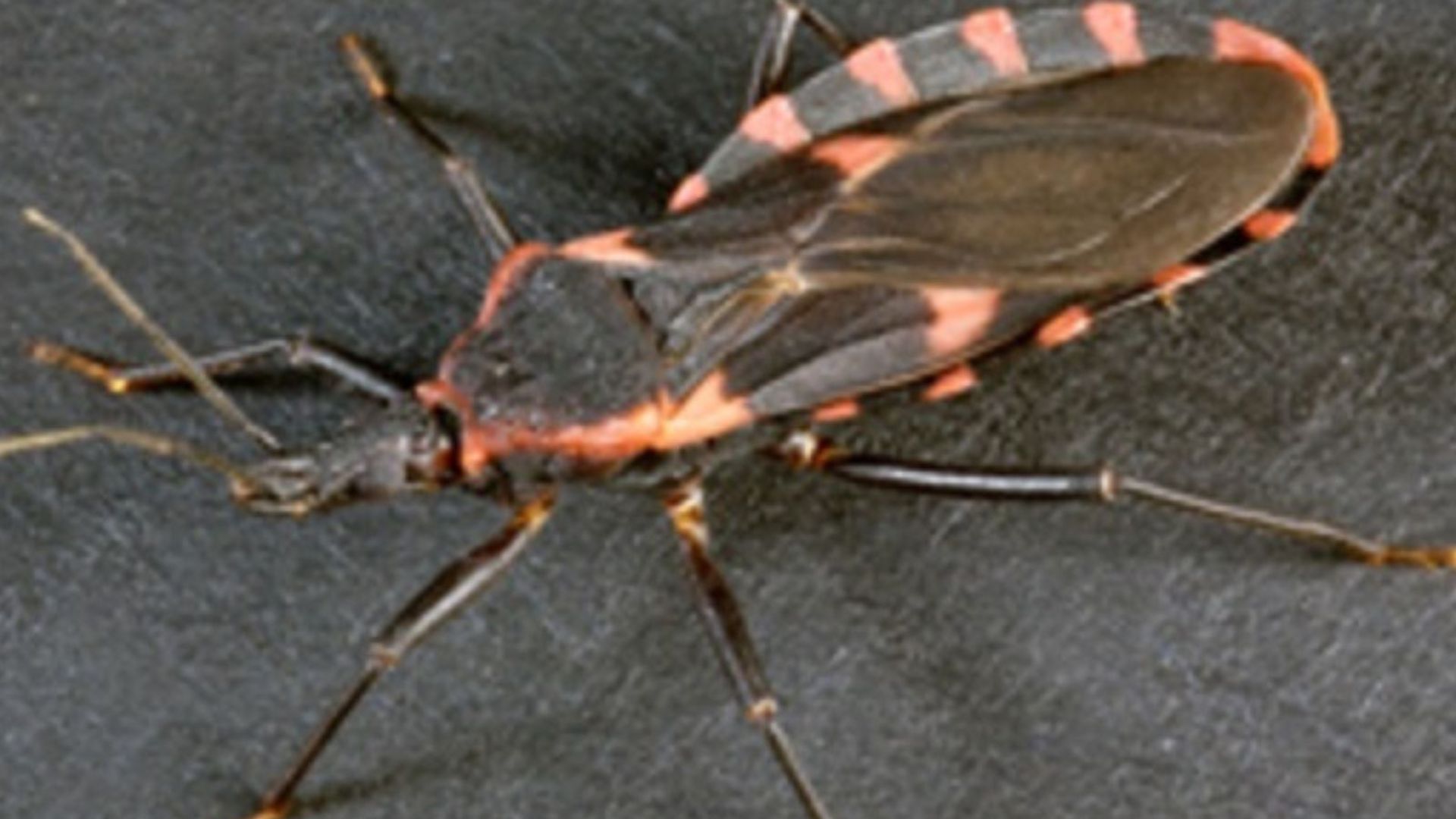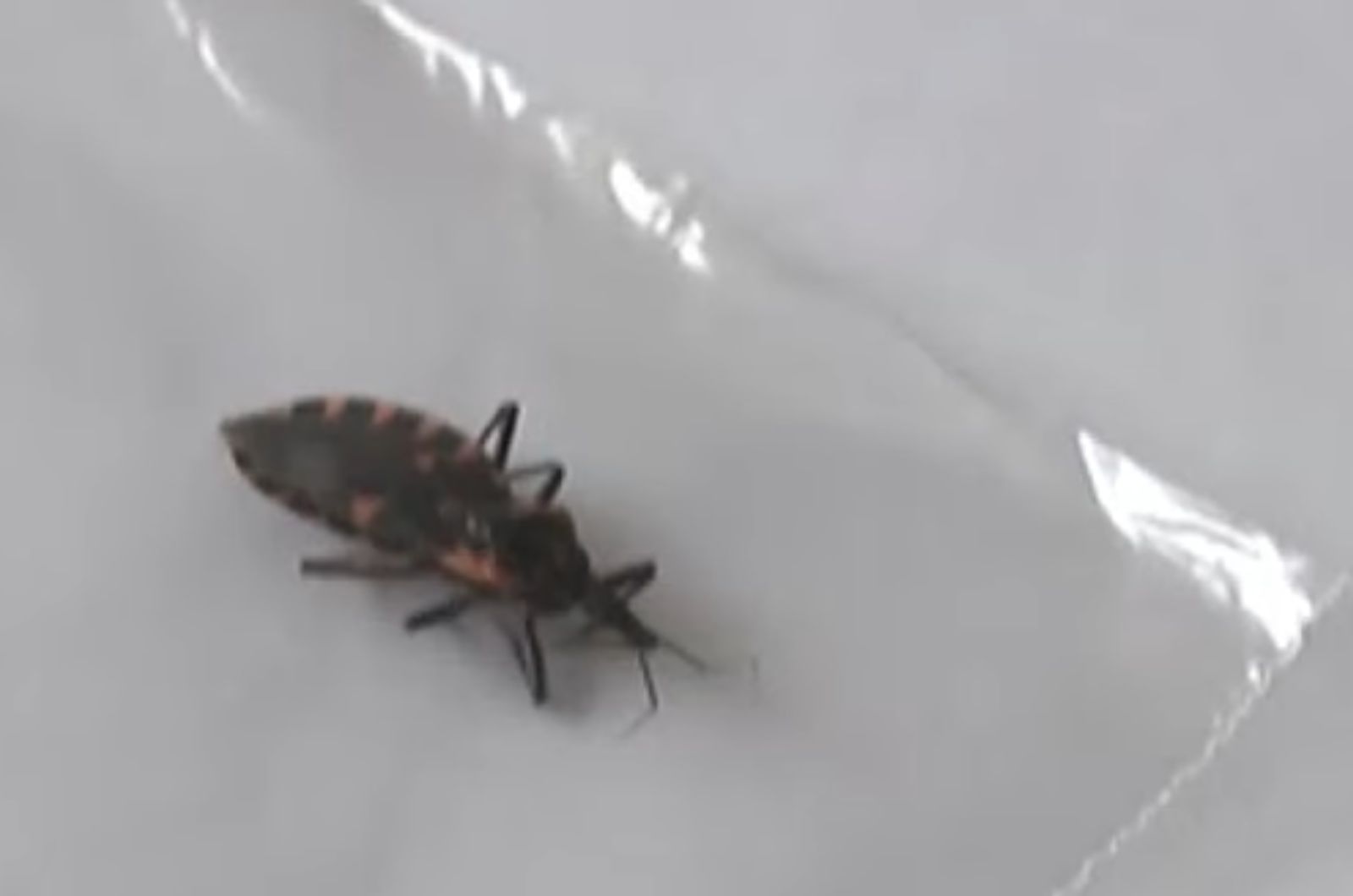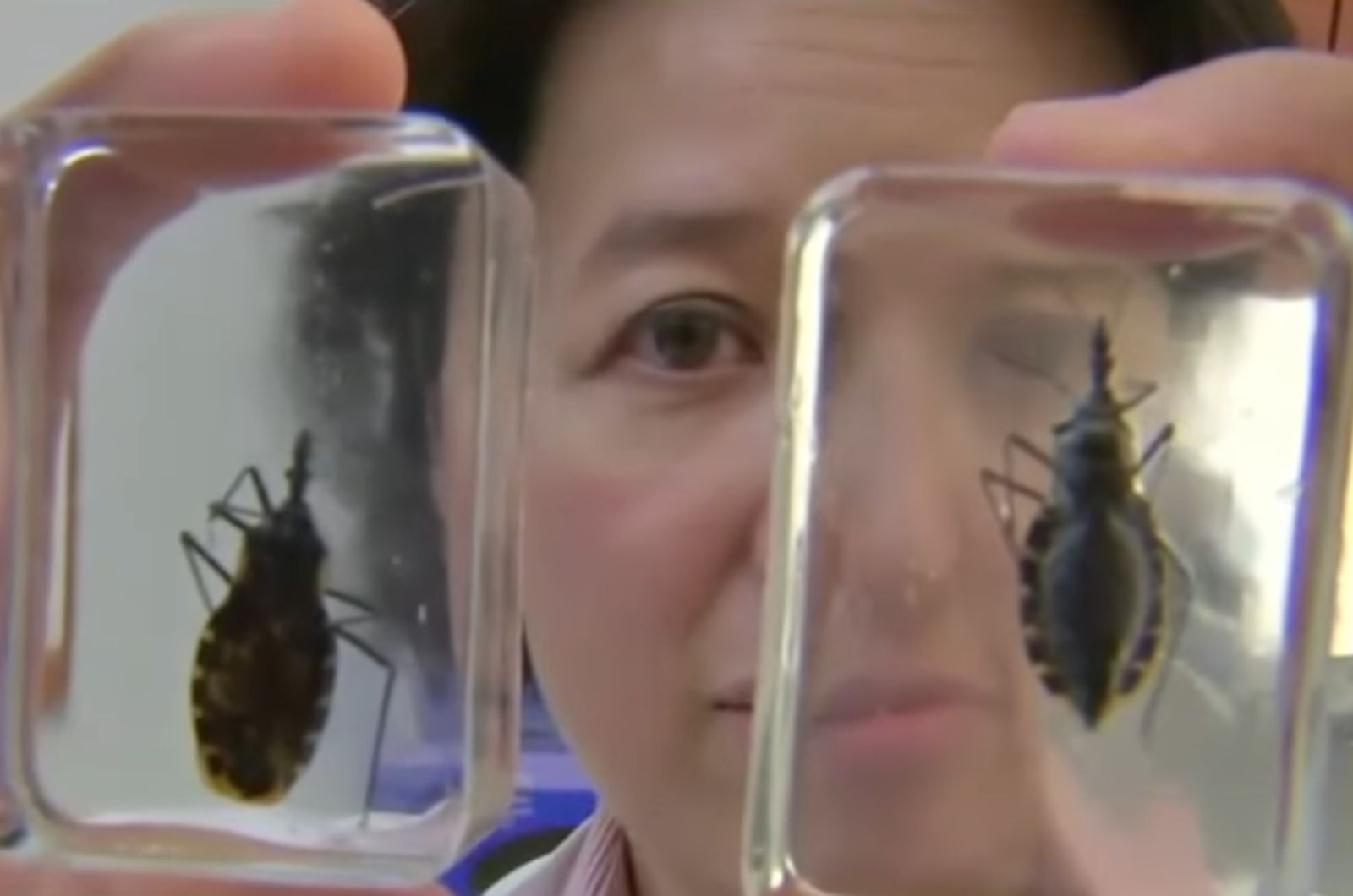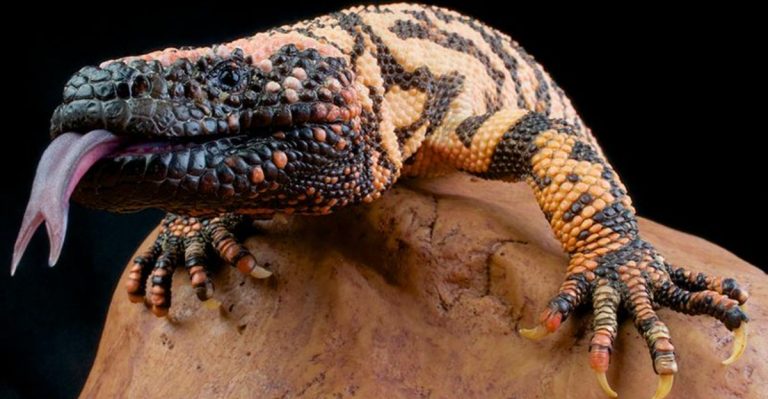Fatal ‘Kissing Bug’ Disease Discovered In 32 U.S. States, Virginia Now Included

If you think mosquitoes are annoying, wait until you meet the “kissing bug.” Sounds cute, right? Like it’s going to smooch you?
Don’t be fooled. These little insects have a much darker side.
Despite the sweet nickname, kissing bugs aren’t spreading love; they’re spreading a dangerous parasite.
And now, they’ve been confirmed in 32 U.S. states, with Virginia being the newest addition.

So what exactly is a kissing bug? Picture a small beetle, about the size of a penny, with a long, pointy nose.
At night, it comes out looking for a meal, and humans are sometimes on the menu.
These bugs are attracted to the carbon dioxide we exhale, which is why they tend to bite the face or lips, hence the nickname.
Here’s where it gets scary. After feeding, the bug leaves behind waste that carries a parasite called Trypanosoma cruzi or T. cruzi.

If someone scratches the bite, they can accidentally introduce the parasite into their bloodstream.
That’s how Chagas disease begins.
Early symptoms are subtle and easy to miss: fatigue, fever, headaches, or swelling near one eye. But the real danger comes months or even years later.
Chagas can cause serious heart problems, including heart enlargement and failure, and can even affect the digestive system.

Most people don’t realize they’ve been infected until the symptoms show up years down the line.
According to the Centers for Disease Control and Prevention (CDC), kissing bugs are now spreading across much of the southern U.S., from Texas and Arizona to Florida and Virginia.
In some places, like Los Angeles County, estimates suggest tens of thousands of people may already be infected.
Kissing bugs aren’t new. They’ve been around for thousands of years, mostly in Latin America.

But in recent decades, they’ve started moving north. Warmer weather and habitat changes are helping them thrive closer to homes.
Climate change and human expansion into rural or forested areas are giving these bugs more opportunities to thrive near homes.
And it’s not just humans at risk. Dogs, cats, raccoons, and even wildlife can get Chagas disease. Some vets in the South have already diagnosed infected dogs.
Sadly, pets can carry the parasite without showing symptoms for a long time, and treatment is complicated.

Before you panic, here’s a bit of reassurance: kissing bugs are still uncommon in homes, and not every bug carries the parasite.
Still, it’s smart to seal cracks, fix window screens, and keep outdoor lights dim to avoid attracting insects.
If you see a bug with a long nose and orange stripes along its side, don’t touch it. Capture it safely in a container and contact local health authorities for testing.
It’s wild to think something so tiny could pose such a serious threat, right? But a little knowledge, some precautions, and careful observation can keep you, your family, and your pets safe.






